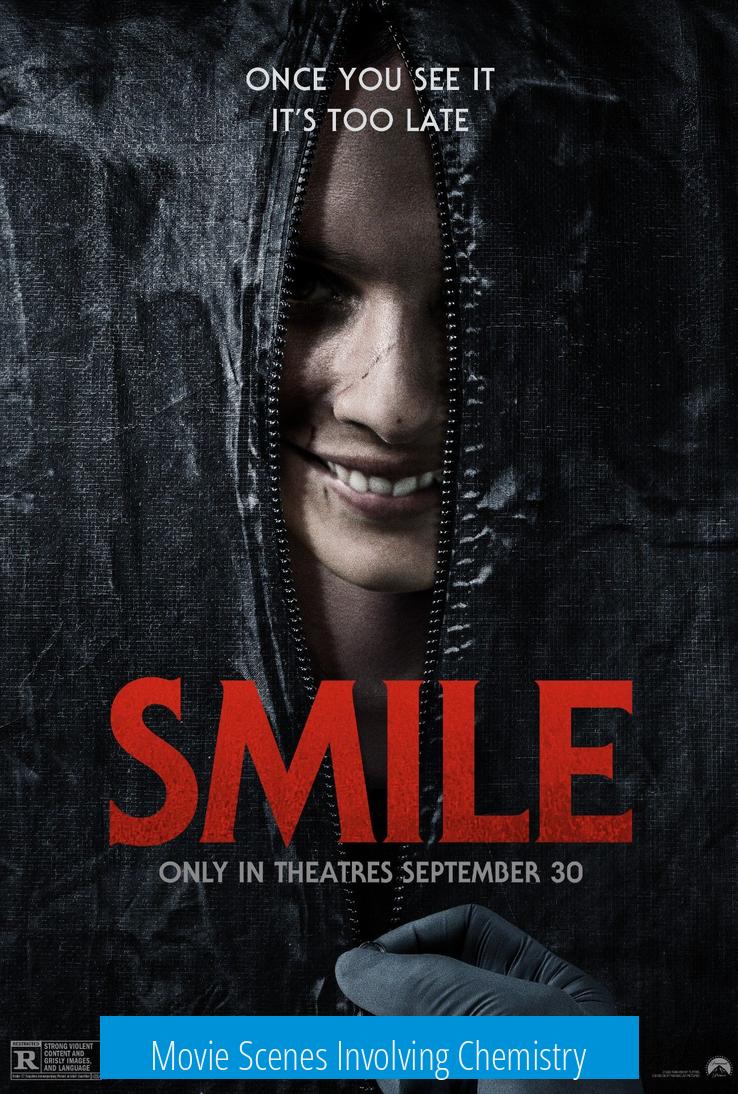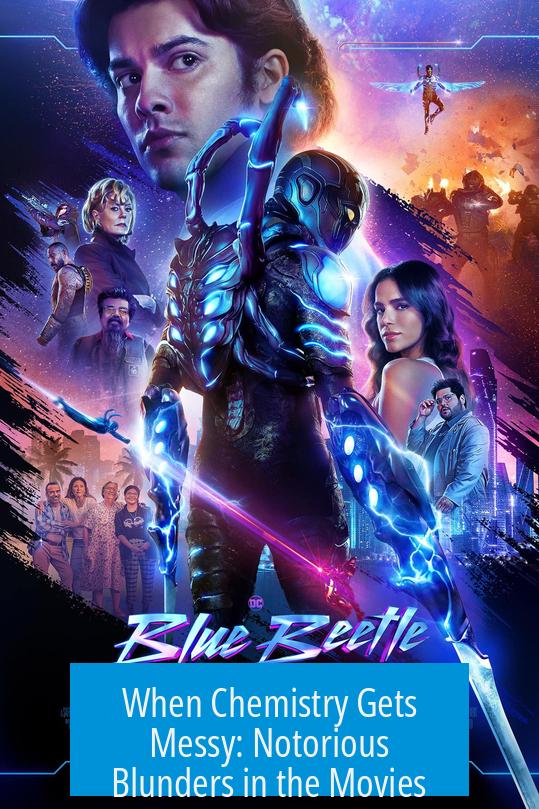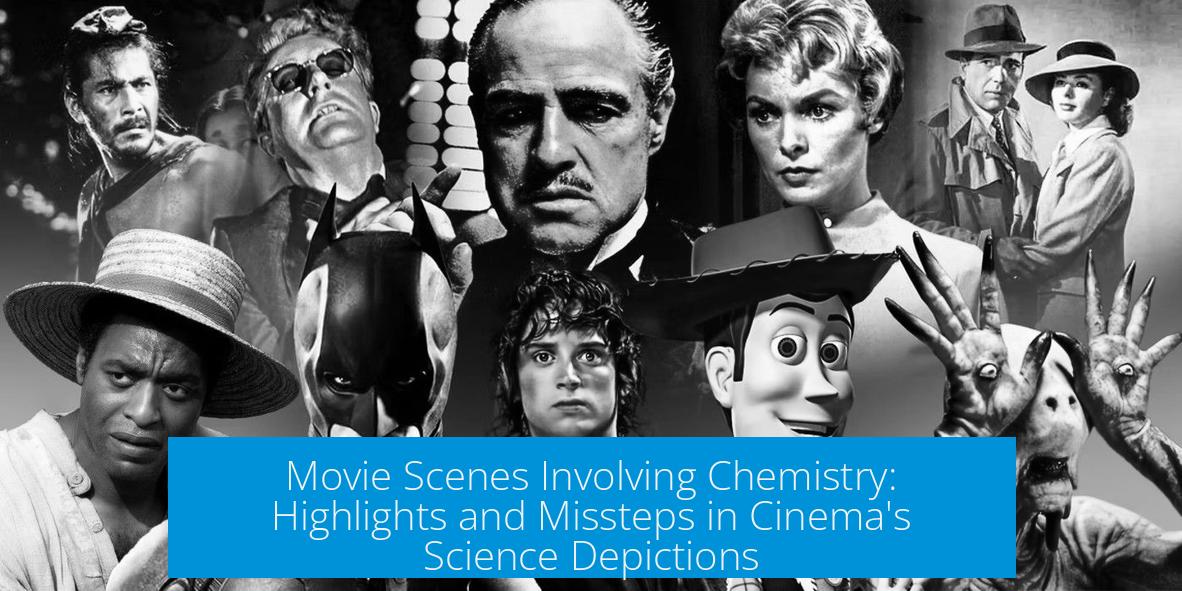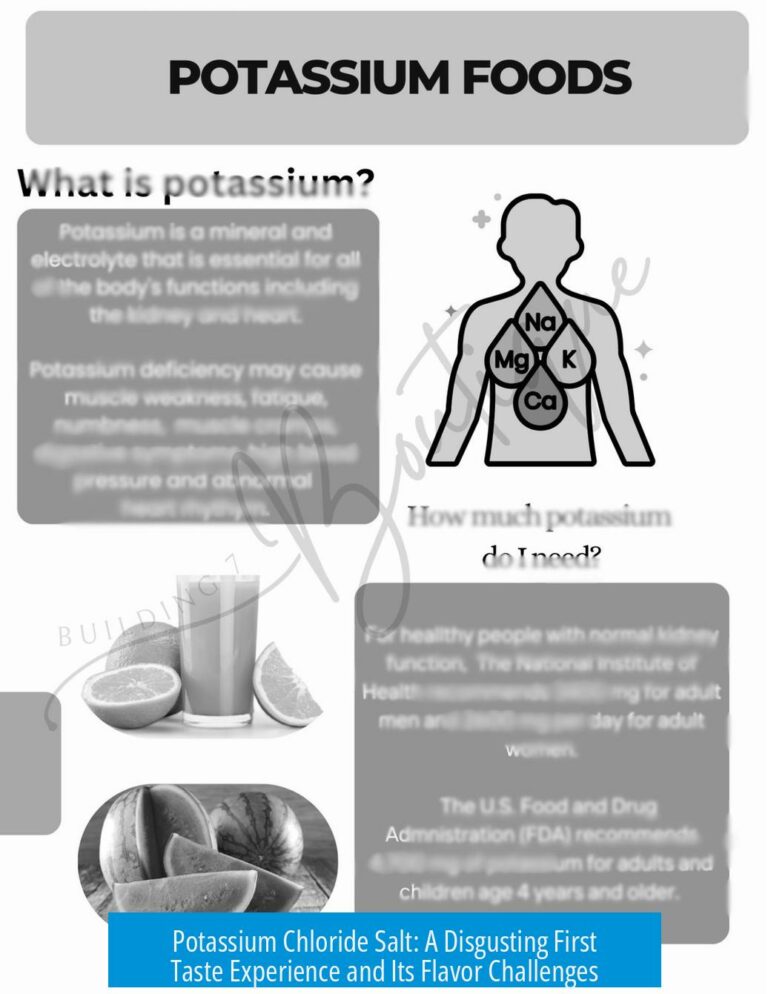Movie Scenes Involving Chemistry

Cinematic depictions of chemistry vary widely, from scientifically accurate to highly fictionalized representations. Films often use chemistry-related scenes to advance plots or add intrigue, though these portrayals sometimes sacrifice accuracy for drama.
Examples of Inaccurate Chemistry in Movies
- Evolution: The film suggests nitrogen-based life forms sensitive to selenium toxicity, which is speculative and not grounded in current scientific evidence.
- Spider-Man 2: Tritium is depicted with exaggerated properties that do not reflect its real radioactive behavior or practical usage.
- Iron-Man 2: The creation of a new element and a rapid cure for poisoning are dramatized, lacking real chemical viability.
- Mars Attacks!: Aliens breathe nitrogen directly, ignoring the complex biological requirements for respiration.
- The Rock: VX nerve gas effects are simplified and dramatized far beyond actual neurotoxic mechanisms.
- Dante’s Peak: The portrayal of lake acidification dissolving metal boats is partially realistic but exaggerated in speed and extent.
- Formula 51: Chemistry is misused for plot convenience without scientific basis.
Notable Chemistry-Related Scenes in Visual Media
- Breaking Bad (TV series): Displays detailed chemical procedures, such as the coffee scene demonstrating extraction techniques, with emphasis on accuracy.
- Fight Club: Features methamphetamine synthesis and soap making using lye; some scenes include graphic chemical hazards realistically.
- The Martian: Shows practical applications of chemistry in survival, like producing water through chemical reactions on Mars.
- Wonder Woman: Contains subtle chemistry references, although not central to the plot.
Additional Insights and Resources

The American Chemical Society offers resources linking chemistry themes in books and movies, useful for educators and enthusiasts.
Media often exercise artistic license when depicting chemistry. For insight into common tropes and misrepresentations, the TV Tropes page on “Artistic License – Chemistry” provides an extensive analysis.
Summary of Key Points
- Many films take creative liberties with chemical science for storytelling.
- Some media like Breaking Bad show chemistry with high accuracy.
- Common inaccuracies include unrealistic element synthesis and exaggerated chemical hazards.
- Resources exist to explore chemistry portrayals critically.
Movie Scenes Involving Chemistry: When Science Meets Cinema (Sometimes Successfully!)
Movie scenes involving chemistry often promise a thrilling blend of science and drama, yet they frequently stumble over scientific accuracy. From heroic breakthroughs to downright baffling blunders, chemistry on screen is a mixed bag. Let’s break down some memorable portrayals, both good and cringe-worthy, to uncover what these cinematic alchemists get right—and where they go spectacularly wrong.
If you love movies and have a curiosity for chemistry, this post offers a fascinating tour through chemical scenes, dissecting their realism and entertainment value. Prepare to smile, cringe, and maybe learn a thing or two!
When Chemistry Gets Messy: Notorious Blunders in the Movies

Hollywood’s take on chemistry can range from imaginative to scientifically questionable. Take Evolution, for instance. The film posits nitrogen-based alien life forms vulnerable to selenium toxicity. While this idea sounds like a cool sci-fi twist, the actual chemistry behind nitrogen-based life is pure speculation. Moreover, selenium’s role as a toxin in this context is stretched for dramatic effect. It raises the question: if alien biochemistry fascinates you, should fiction stick to plausible theories or prioritize spectacle?
Moving on to another classic, Spider-Man 2 depicts tritium—a radioactive isotope of hydrogen—in a manner that’s scientifically loose. In reality, tritium behaves quite differently and involves stricter safety protocols, but the movie uses it mainly as a ticking time bomb plot device. Creative liberties aside, understanding that certain radioactive elements pose real hazards can help viewers separate fact from fiction.
Then we have Iron Man 2, where Tony Stark crafts a brand-new element to save his poisoned chest. Cool from a superhero standpoint, yet forging new elements currently requires enormous particle accelerators and is far from a DIY garage project. Also, the chest poison cure subplot is scientifically shaky but narratively compelling. It’s a classic Hollywood trade-off: science takes a backseat to story urgency.
And who could forget Mars Attacks!? The film’s aliens breathe nitrogen—an intriguing twist, given Earth’s atmosphere is about 78% nitrogen. However, nitrogen breathing alone wouldn’t suffice for complex life without oxygen, indicating a shortcut in scientific plausibility taken for campy effect.
Then there’s The Rock, featuring VX gas, a deadly nerve agent. The movie correctly portrays VX as extremely lethal but glosses over the intricate biochemistry of how it affects the nervous system. That’s somewhat forgivable since explaining nerve agent mechanisms might kill the pacing faster than VX itself.
One particularly interesting case is Dante’s Peak, where acidic lake water dissolves a metal boat. While dramatic, this scene does reflect real chemistry. Acidic bodies of water can cause metal corrosion; footage from scientific TV shows (possibly on YouTube) supports this. This adds a touch of authenticity rare for disaster films. Science: 1 Hollywood hyperbole: 0.
When Chemistry Shines on the Silver Screen
It’s not all bad—some productions get chemistry right or at least use it as a storytelling gem. Case in point: Fight Club. The soap-making scene involves lye (sodium hydroxide) and fat saponification. It even depicts the brutal reality of chemical burns when Edward Norton’s character accidentally spills lye on his hand. Although intense, the scene honestly presents chemistry’s messy and hazardous nature.
The Martian gives us a hero who solves survival problems with chemistry, like creating water by burning hydrogen—a clever and mostly accurate portrayal that earned praise from real scientists. The movie uses chemistry as a lifeline, making the science both educational and thrilling. Wish more films followed suit.
Though not a movie but worth mentioning, Breaking Bad features numerous chemistry scenes that range from authentic to dramatic. The infamous coffee scene, where chemistry saves the day, is a great example. It shows the practical side of chemistry with a dose of suspense and humor—breaking bad never looked so scientific!
Even Wonder Woman hints at chemistry-related elements, though details remain vague. It sparks curiosity: how can chemistry-themed elements be woven into fantasy narratives without losing realism? The challenge remains for filmmakers to mix myth with method plausibly.
More Than Fiction: Why Chemistry in Movies Matters
Movie scenes involving chemistry impact how audiences perceive science. They inspire some and mislead others. Accuracy can enhance appreciation and understanding, while exaggeration may breed misconceptions. Striking a balance is critical.
If you’re hungry for more, the American Chemical Society’s curated list offers a treasure trove of chemistry-themed books and movies for further exploration. There’s also a fascinating take on artistic license in chemistry at TV Tropes—because every scientist loves a good trope!
Final Thoughts: Science Should Serve Story—But Can’t Ignore It
Why do so many movie scenes involving chemistry wobble on scientific ground? Filmmakers often prioritize story, pace, and spectacle over chemical accuracy. Yet, movies like The Martian and Fight Club demonstrate that you don’t need to sacrifice authenticity for drama. A well-crafted chemical scene can captivate, educate, and entertain simultaneously.
Next time you watch a movie or series with chemistry scenes, ask yourself: Is this plausible? Does it enhance the story? Or is it just eye candy? Your love for science might just get a pop culture boost—or a patience test.
What’s your favorite example of chemistry on screen, whether brilliant or bewildering? Share your thoughts and let’s keep the chemistry conversation bubbling!
What are some examples of inaccurate chemistry depicted in movies?
Movies like Evolution show nitrogen-based life forms and wrongly claim selenium is toxic to them. Iron-Man 2 features creating a new element, which defies real chemistry. Spider-Man 2 also misrepresents tritium and its properties.
How is chemistry realistically portrayed in movie scenes?
Breaking Bad offers realistic chemistry, especially scenes like the coffee trick. Fight Club includes soap making using lye, which aligns well with actual chemical processes.
Do movies use artistic license in chemistry scenes?
Yes, many films alter or simplify chemistry to fit the story. The TV Tropes link on Artistic License in Chemistry explains how and why creators bend facts.
Which movie features intriguing but flawed chemistry involving gas effects?
The Rock shows how VX nerve gas might work, but it oversimplifies the science behind it. Mars Attacks! also inaccurately depicts aliens that breathe nitrogen.
Where can I find more chemistry-related movies and books?
The American Chemical Society website lists various chemistry-themed books and movies suitable for students and enthusiasts. It’s a good resource for accurate depictions.





Leave a Comment